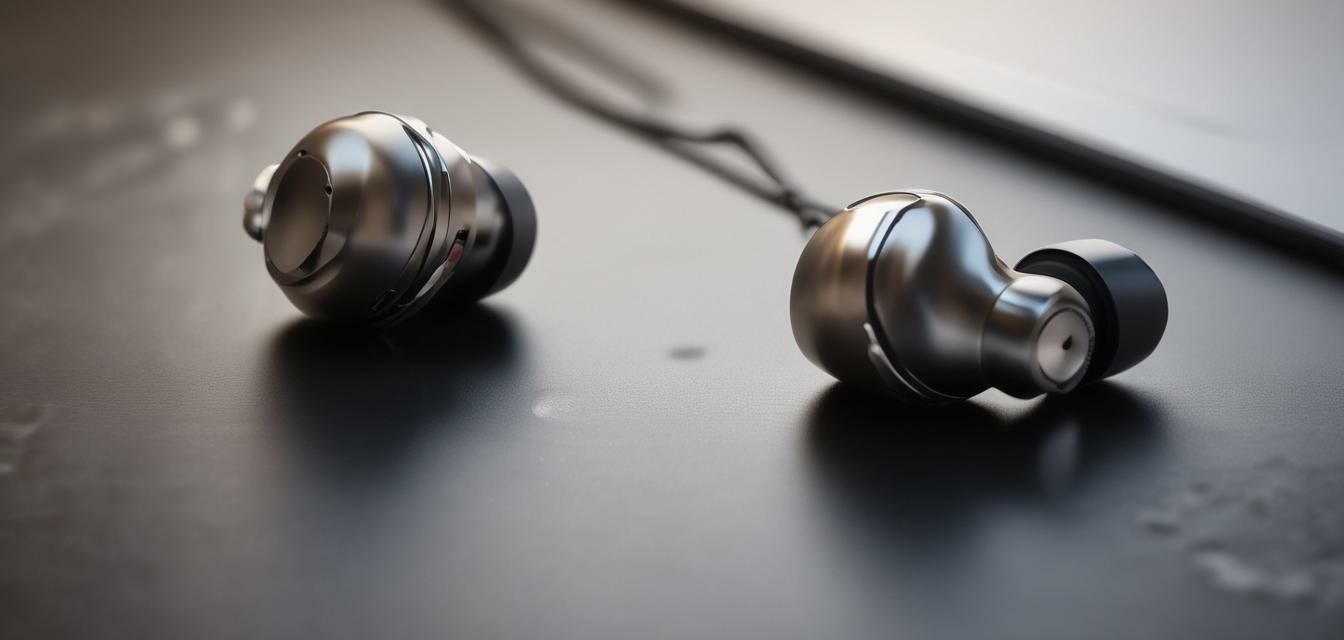
Analyzing the Soundstage Capabilities of Earbuds
Key Takeaways
- Soundstage refers to the perceived space and environment of sound.
- Different earbuds have varying capabilities in creating soundstage due to design and technology.
- Factors such as driver size, configuration, and earbud design influence soundstage quality.
- A wider soundstage often enhances the listening experience for various genres of music.
- Understanding soundstage can help consumers choose the right earbuds for their audio preferences.
When it comes to enjoying music, the soundstage created by your audio devices can make a significant impact on the overall listening experience. Soundstage refers to the perceived spatial quality of the audio—how sound is positioned in three-dimensional space around the listener. In this article, we will analyze how different earbuds create soundstage and what factors contribute to its variation.
What is soundstage?
Soundstage is how we perceive sound in relation to our surroundings. The left-to-right (horizontal) and front-to-back (depth) spatial qualities establish a more immersive listening experience. A well-defined soundstage allows listeners to pinpoint the location of different instruments and vocals in a song, reminiscent of a live performance.
Key factors affecting soundstage
- Driver size: Larger drivers typically produce a wider soundstage due to the increased air displacement.
- Driver configuration: Configuration like single vs. dual drivers can influence sound separation.
- Open-back vs. closed-back design: Open-back earbuds usually offer a more expansive soundstage compared to closed-back designs.
- Earbud fit: Proper fit ensures optimal sound delivery and contributes to soundstage perception.
How different models and brands compare
To illustrate how different earbuds manifest soundstage capabilities, we can look at various models across brands. Here’s a comparison table that categorizes earbuds based on their attributes related to soundstage.
| Brand | Model | Driver Size | Design Type | Soundstage Rating |
|---|---|---|---|---|
| Brand A | Model 1 | 10mm | Open-back | 9/10 |
| Brand A | Model 2 | 8mm | Closed-back | 7/10 |
| Brand B | Model 1 | 12mm | Open-back | 10/10 |
| Brand C | Model 1 | 9mm | Closed-back | 6/10 |
Listening experience across various genres
The impact of soundstage is especially noticeable across different music genres. For instance, a wider soundstage can enhance the experience of listening to classical music, where spatial separation between instruments is important. Below is a list of genres that particularly benefit from a good soundstage:
- Classical
- Jazz
- Rock
- Live recordings
- Electronic
Choosing the right earbuds for soundstage
When selecting earbuds, audiophiles should prioritize soundstage capabilities if they value a rich listening experience. Here are some tips to help you choose the right pair:
Tips for beginners
- Research earbuds with larger driver sizes and open-back designs.
- Read reviews that specifically comment on soundstage.
- Test earbuds in-store when possible to assess soundstage quality.
- Consider trying different ear tips to improve fit and sound isolation.
Conclusion
Understanding soundstage is vital for discerning audiophiles and casual listeners alike. By analyzing the capabilities of different earbuds, consumers can make informed decisions that enhance their audio experience. A quality soundstage can transform how we enjoy music, making it essential to consider while shopping. Explore our selection of in-ear monitors and audiophile earbuds to find the perfect sound for you!
Pros
- Expansive audio experience with a good soundstage.
- Can highlight the intricacies of music tracks.
- Improves immersion during listening.
Cons
- Wider soundstage may not suit all music genres.
- Can be more expensive.
- Not all earbuds are designed for optimal soundstage.